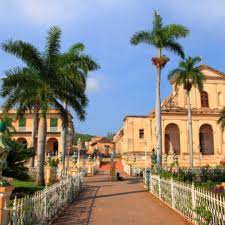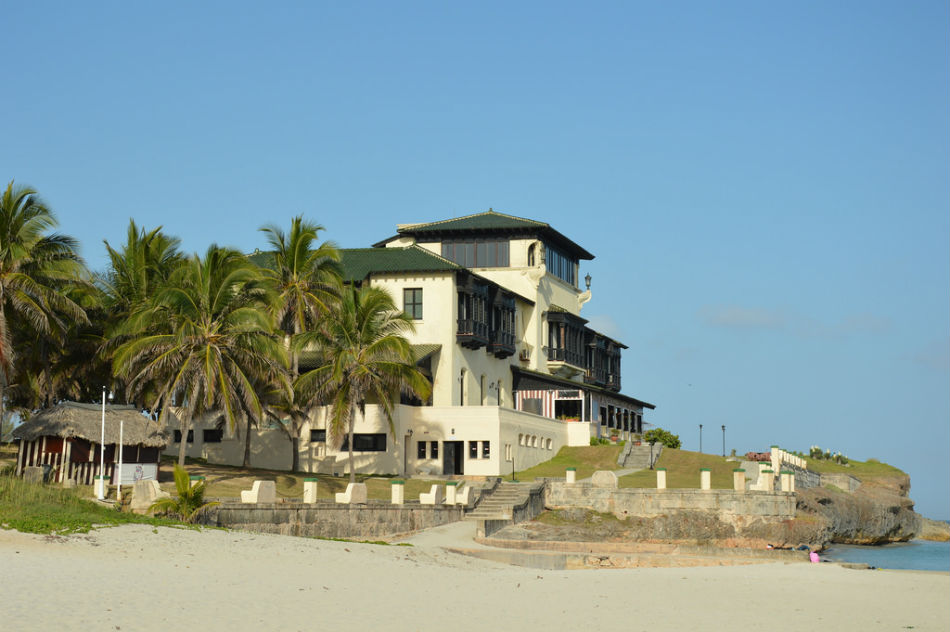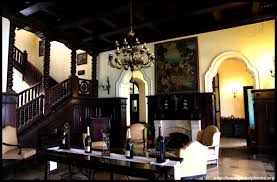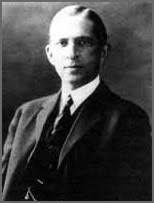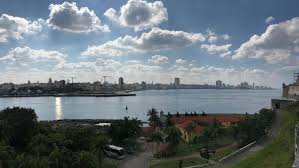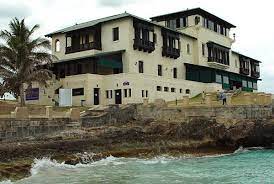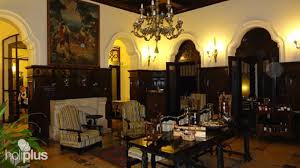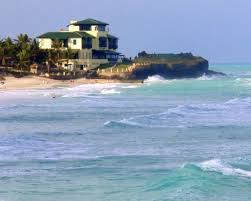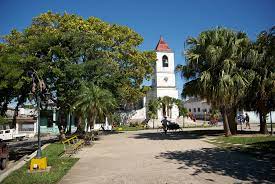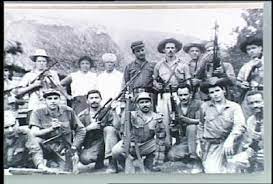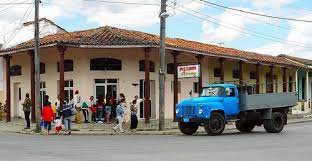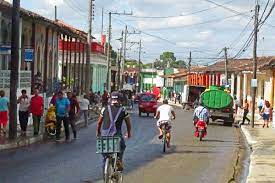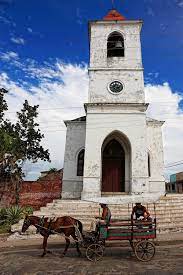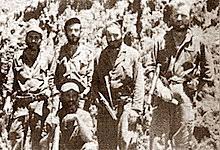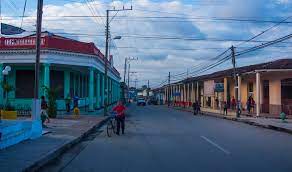WILLY CHIRINO, CANTANTE, ACTOR, ANIMADOR Y COMPOSITOR CUBANO. FOTOS Y VIDEOS
Wilfredo José Chirino Rodríguez solo conocido como Willy Chirino nació en 1947 en Consolación del Sur, Pinar del Río. Es un compositor y actor, muy conocido por Let It Ride (1989), Caught (1996) y Gloria (1999). Es animador y cantante al estilo salsa.
Su padre era el Fiscal del Estado de la ciudad y su madre era una farmacéutica que trabajaba en casa. Era el único niño de su familia (tenía tres hermanas). Su pueblo no tenía ningún crimen y era muy pacífico; lo peor que pasó fue que alguien intentara robar medicinas de su casa. Vivió una vida tranquila en esta ciudad durante catorce años.
Tras el triunfo de la Revolución Cubana en 1959, muchos cubanos huyeron a Estados Unidos. Algunos pensaron que era una medida temporal y esperaban regresar poco después, pero cuando se hizo evidente que la revolución iba a continuar, más cubanos abandonaron la isla.
 VIDEOS- Willy Chirino y otros “Que se Vaya”..
VIDEOS- Willy Chirino y otros “Que se Vaya”..
En 1960 Chirino llegó a Estados Unidos a través de la “Operación Peter Pan”, diseñada para sacar a los niños cubanos del país debido, entre otras cosas, al temor de que el gobierno los separara de sus padres. Este programa patrocinado por el gobierno de los Estados Unidos, en conjunto con la Oficina de Bienestar Católica, finalmente transportó aproximadamente a 14.000 niños cubanos a los Estados Unidos y los colocó en hogares de acogida hasta que sus padres pudieran salir de la isla. Mucho más tarde, Chirino grabaría “Nuestro Día Ya Viene Llegando”, una canción basada libremente en sus experiencias como refugiado que se ha convertido en un himno para los exiliados cubanos en todas partes.
CARRERA ARTÍSTICA
Chirino comenzó su carrera artística en Miami, lanzando su primer álbum en 1974. Desde entonces, ha grabado más de 20 álbumes, varios de los cuales han alcanzado el estado de platino y oro. En 2006, su álbum “Son del Alma”, ganó un Grammy al Mejor Álbum de Salsa / Merengue. Como fundador de la Fundación Willy Chirino, sus esfuerzos filantrópicos han sido reconocidos por UNICEF y el Departamento de Estado.
 VIDEOS- Willy Chirino canta “Medias Negras”…
VIDEOS- Willy Chirino canta “Medias Negras”…
Celebró su 35 aniversario en la música con su último álbum lanzado “Willy Chirino Live-35th Anniversary” (“Willy Chirino En Vivo-35 Aniversario”), un combo CD / DVD del concierto. Este álbum le valió su primera nominación al Mejor Álbum de Salsa en los Premios Grammy Latinos 2007. Más recientemente, Chirino y su esposa, la cantante y compositora Lissette Álvarez, lanzaron su primer álbum juntos, Amarraditos (Bound to One Another). El CD incluye un popurrí de canciones de amor clásicas en español. El último álbum de Chirino, “Pa’lante”, fue lanzado en la primavera de 2008, después de lo cual lanzó una gira mundial. En 2011, cuando se le preguntó cómo habían sido sus grabaciones de My Beatles Heart, dijo que Sony analizó cada una de sus canciones y sus versiones porque consideraban las canciones de The Beatles como uno de sus tesoros más preciados y querían asegurarse de que estaban siendo utilizados de la manera correcta.
VIDA PERSONAL
Su primer matrimonio fue con Olga María Rodríguez y tuvo tres hijas; Angie, Olga Maria y Jessica. Más tarde se casó con Lissette Álvarez y tuvo tres hijos más: Nicole, Alana y Gianfranco. Él y su esposa apoyan al movimiento disidente cubano, Yo No Coopero Con La Dictadura (No coopero con la dictadura).
DISCOGRAFÍA
(Actuaciones seleccionadas y últimas)
2000: Grandes éxitos
2000: soja
2001: afrodisíaco
2002: 15 Éxitos
2003: Serie Azul Tropical
2004: Son del Alma
2005: Cubanísimo
2005: 20 Éxitos Originales
2006: En Vivo: 35 ° Aniversario
2007: Amarraditos
2007: Lo Esencial
2007: Tesoros de Colección
2008: Pa ’Lante
2008: Grandes Éxitos en Vivo
2011: Mi corazón de los Beatles
2011: Mis Favoritas
2012: Llegó la Navidad
2013: Soy… I Am: Mis Canciones – My Songs
2014: Serie Platino.
2018: Navidad en Familia
WILLY CHIRINO, CUBAN SINGER, ACTOR, ENTERTAINER, AND COMPOSER. PHOTOS/VIDEOS
Wilfredo José Chirino Rodríguez only known as Willy Chirino was born in 1947 in Consolación del Sur, Pinar del Río. He is a composer and actor, very well known for Let It Ride (1989), Caught (1996), and Gloria (1999). He is an entertainer and singer in the salsa style.
His father was the town’s State Attorney and his mother was a pharmacist who worked at home. He was the only boy in his family (he had three sisters). His town did not have any crime and was very peaceful; the worst thing that happened was someone trying to steal medicine from their house. He lived a calm life in this town for fourteen years.
After the triumph of the Cuban Revolution in 1959, many Cubans fled to the United States. Some thought it was a temporary measure and hoped to return soon afterward, but when it became apparent that the revolution was going to continue, more Cubans left the island.
 VIDEOS- Willy Chirino sings “Rumbera”..
VIDEOS- Willy Chirino sings “Rumbera”..
In 1960 Chirino came to the United States through “Operation Peter Pan”, designed to get Cuban children out of the country due to, among other things, fears that the government would take them from their parents. This US government-sponsored program, in conjunction with the Catholic Welfare Bureau, eventually transported approximately 14,000 Cuban children to the United States and placed them in foster homes until their parents could leave the island. Much later, Chirino would record “Nuestro Día Ya Viene Llegando” (“Our Day is Coming”), a song loosely based on his experiences as a refugee which has become an anthem for Cuban exiles everywhere.
ARTISTIC CAREER
Chirino began his artistic career in Miami, releasing his first album in 1974. Since then, he has recorded over 20 albums, several of which have attained platinum and gold status. In 2006, his album “Son del Alma”, won a Grammy for Best Salsa/Merengue Album. As founder of the Willy Chirino Foundation, his philanthropic efforts have been recognized by UNICEF and the Department of State.
He celebrated his 35th anniversary in music with his latest released album “Willy Chirino Live-35th Anniversary” (“Willy Chirino En Vivo-35 Aniversario”), a CD/DVD combo of the concert. This album brought him his first nomination for Best Salsa Album at the 2007 Latin Grammy Awards. Most recently, Chirino and his wife, singer/songwriter Lissette Álvarez, released their first album together, Amarraditos (Bound to One Another). The CD includes a potpourri of classic Spanish-language love songs. Chirino’s latest album, “Pa’lante”, was released at spring 2008, after which he launched a world tour. In 2011, when asked of how his recordings of My Beatles Heart, he said that Sony scrutinized every single one of his songs and their versions because they consider the songs by The Beatles as one of their most precious treasures, and wanted to make sure they were being used in a rightful manner.
PERSONAL LIFE
His first marriage was to Olga Maria Rodriguez and had three daughters; Angie, Olga Maria, and Jessica. He later married Lissette Álvarez and had three more children- Nicole, Alana, and Gianfranco. He and his wife support the Cuban dissident movement, Yo No Coopero Con La Dictadura (I Don’t Cooperate with the Dictatorship).
DISCOGRAPHY
(Selected and Last Performances)
2000: Greatest Hits
2000: Soy
2001: Afro-Disiac
2002: 15 Éxitos
2003: Serie Azul Tropical
2004: Son del Alma
2005: Cubanísimo
2005: 20 Éxitos Originales
2006: En Vivo: 35° Aniversario
2007: Amarraditos
2007: Lo Esencial
2007: Tesoros de Colección
2008: Pa’ Lante
2008: Grandes Éxitos en Vivo
2011: My Beatles Heart
2011: Mis Favoritas
2012: Llegó la Navidad
2013: Soy… I Am: Mis Canciones – My Songs
2014: Serie Platino.
2018: Navidad en Familia
Agencies/ Wiki/ WillyChirinoBio./ Extractos/ Excerpts/ Internet Photos/ YouTube/ Arnoldo Varona/ www.TheCubanHistory.com
THE CUBAN HISTORY, HOLLYWOOD.









